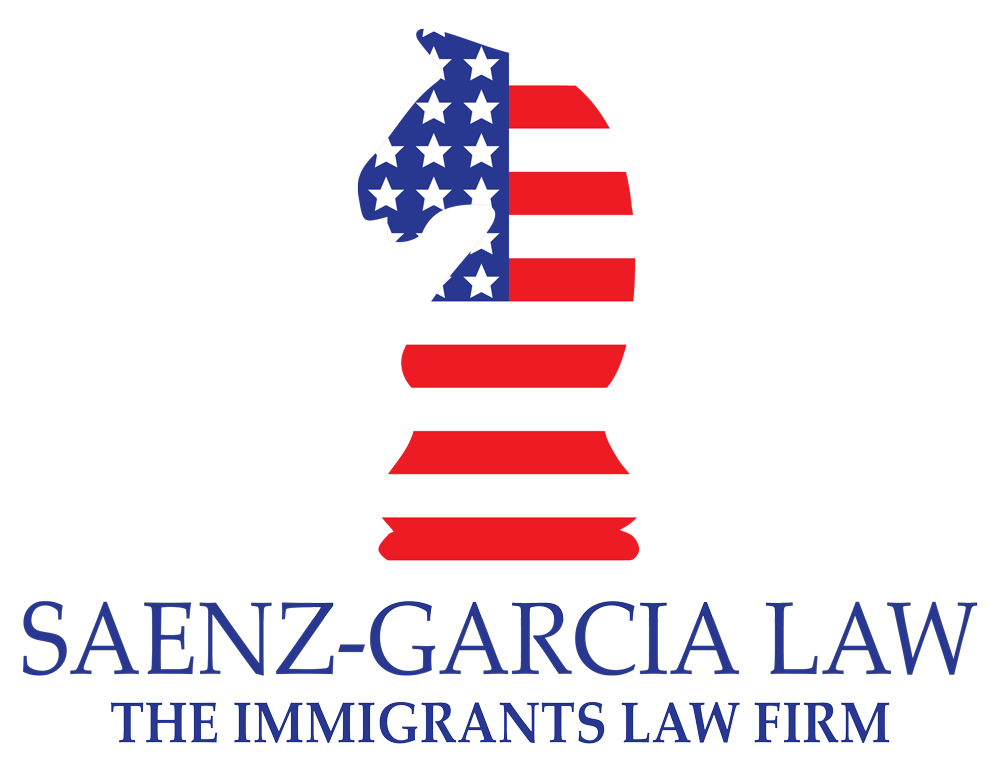What Changed (In Plain English):
A new presidential proclamation is reshaping the H-1B visa process, specifically targeting specialty-occupation workers outside the U.S. Starting at 12:01 a.m. EDT on September 21, 2025, employers must now include a hefty $100,000 payment with any new H-1B petition involving an overseas candidate. This rule runs for 12 months unless extended.
Who’s Affected First:
The Department of Homeland Security (DHS) has been instructed to hold off on processing petitions that don’t come with the $100k payment, particularly affecting workers abroad. In short, if you’re outside the U.S. and hoping to enter on an H-1B, the door is now substantially more expensive to open.
No More B-Visa Loopholes:
The State Department has been told to block attempts to use short-term B visas as a workaround for early H-1B employment (commonly referred to as “B-in-lieu-of-H-1B”). This applies to start dates before October 1, 2026.
Limited Exceptions:
There is a safety valve: national-interest exemptions. If DHS determines that an individual, company, or entire sector serves a significant national interest, they may be allowed to bypass the $100,000 hurdle.
Verification & Enforcement:
Employers must now provide clear documentation of the $100,000 payment. DHS and State are tasked with verifying this, and they’re expected to deny entry if payment isn’t confirmed.
Applicability & Timeline:
This applies to entries occurring after the effective date. The Cabinet must recommend whether to extend the rule sometime after the next H-1B lottery cycle.
Longer-Term Structural Shifts:
- Prevailing Wage Rulemaking: The Department of Labor (DOL) is set to propose new, higher wage benchmarks for H-1B positions.
- High-Skill Prioritization: DHS is also being directed to give priority to more highly paid, highly skilled nonimmigrant applicants.
Business Implications: Near Term (Sept 2025–Sept 2026)
- Cost Spike on Global Hires: Any attempt to bring in an H-1B worker from abroad now comes with a $100,000 price tag. That’s a major cost shock, especially for startups and small-to-midsize businesses. Budget models and hiring strategies will need urgent recalibration.
- Inside vs. Outside the U.S.: Candidates already in the U.S. (via OPT, F-1, H-4 EAD, etc.) aren’t hit by this fee right away. Firms will likely prioritize these in-country transitions while pausing overseas H-1B starts.
- B-Visa Path Closed: With the B-in-lieu-of-H-1B loophole closed, companies can’t rely on short-term site visits or pre-start work. Alternative strategies, L-1 transfers, O-1 visas, or fully remote models, will be necessary.
- Operational Bottlenecks: Verifying and documenting the new payment adds time and administrative friction to onboarding processes. Any hiccups could lead to delayed project launches or revenue losses.
- Sector Impact: Tech firms, consulting agencies, and global product companies are likely to feel the heat most. In contrast, sectors like healthcare or critical manufacturing might explore national-interest exemptions, but that’s a bureaucratic gamble.
Medium- to Long-Term Business Effects (12–36 Months)
- Wage Pressures Rising: The DOL’s planned rule changes suggest a higher wage floor for H-1B roles, impacting salary bands and internal pay equity.
- Shift Toward Elite Profiles: With DHS pushing for high-paid/high-skill talent, future visa approvals may skew toward senior specialists and top-compensated roles, putting early-career or mid-level international hires at a disadvantage.
- Policy Uncertainty Lingers: Since the Cabinet’s recommendation on extending this policy won’t come until after the next lottery, companies should plan for both outcomes, continuation or rollback.
Actionable Steps for Employers & Talent
A. Rewire Your H-1B Hiring Pipeline
- Prioritize Local Talent: Fast-track in-country candidates to avoid triggering the $100k fee.
- Pause International Travel: Don’t let pending H-1B hires leave the U.S. a re-entry could activate the payment requirement.
- Adapt Onsite Models: Shift from B visas to L-1s, O-1s, or remote setups for pre-start assignments.
B. Adjust Budgeting & Approvals
- Add a Cost Gate: Treat each cross-border H-1B case like a $100k investment decision. Re-evaluate ROI versus alternative routes.
- Build an Exemption Track: For high-value roles or industries, consider pursuing national-interest waivers, though approval isn’t guaranteed.
C. Revise Compensation Strategy
- Raise Wages Where It Matters: Focus increases on high-impact areas like AI, chip design, biotech, and critical infrastructure roles.
D. Nail Down Compliance
- Set Up a Verification SOP: Keep clear records of payment and work closely with immigration counsel to ensure no visa denials.
- Plan Around 2026: Build contingency scenarios based on the policy potentially being extended.
In short: the new H-1B rules are a wake-up call. For global talent strategies, this is a year to get scrappy, strategic, and above all, prepared.
You can read the full proclamation “Restriction on Entry of Certain Nonimmigrant Workers” below:
